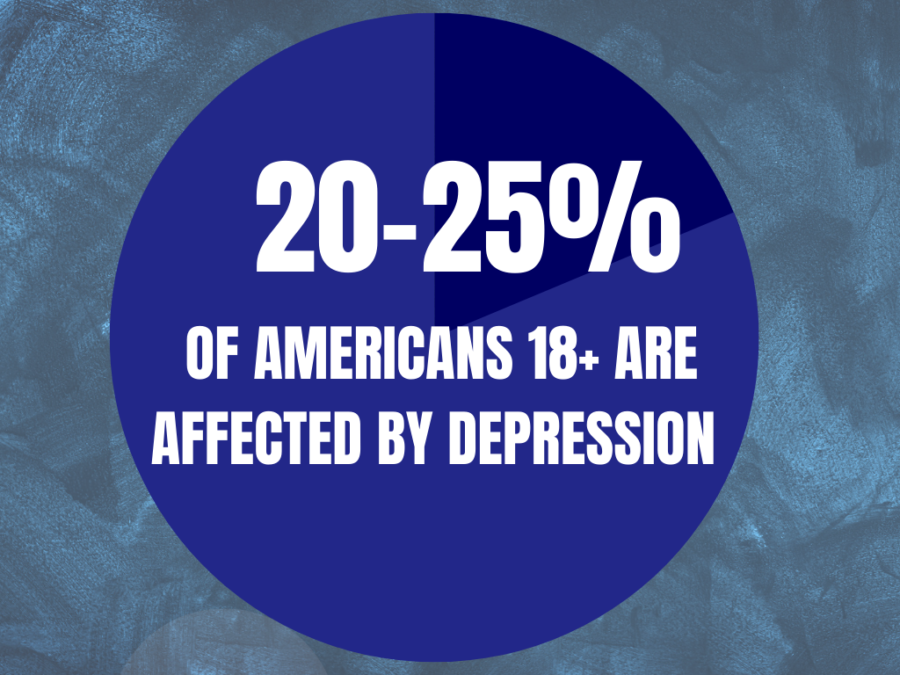In 2012, computer science major Frankie Ruttenbur was enrolled in the developmental math program. She was taking Math 950 and struggled throughout the class, especially when it came time to take the final.
“I had an anxiety breakdown at the end of the semester,” Ruttenbur said.
After failing the final multiple times before, Ruttenbur knew she had to pass. “I was in tears, I actually had to go to the hospital. I was admitted and they put me on anxiety medicine, and it’s all because of math.”
Ruttenbur started her journey in the developmental math program at the very bottom, in Math 950, and has since worked her way up to Calculus 2.
“I had to claw my way up,” Ruttenbur said.
The developmental math program is notorious on campus for being difficult to complete. The developmental math courses are what students must go through if they aren’t placed in higher courses.
In general, placement is determined by the Accuplacer, a test that determines which courses students need to be placed.
In the time since Ruttenbur took Math 950, the program has grown and changed significantly. There are more options for students, and pass rates are growing. However, students are still struggle to pass their courses.
According to the developmental math department, the overall pass rate for the department was at 35 percent in 2012. During that same year, the percentage of people that were dropping out of their developmental math courses was 34 percent.
Today, the pass rate has grown to 61 percent, but students still battle daily with their math coursework. Part of this is because there are a variety of different courses students have access to, but they just don’t know about them.

Finding Your Course
Currently, there are four types of courses for developmental math: flipped, pathway, REAL and online.
Prior to fall of 2016, the TERM class was also offered. The TERM class was a course where students would be required to spend a certain number of hours in the Hub to complete homework and get help from tutors if necessary.
According to WSU’s website, the flipped course focuses on taking notes from videos or textbooks outside of class. When students meet up, time is focused on studying in a group or getting additional help from professors. Students in this course typically meet four hours a week.
WSU’s developmental math website lists considerations students should account for in each course.
For example, students should take a flipped course if they enjoy working in groups, are comfortable with previewing information before it’s covered in lecture and are okay with a bulk of work on the computer but still prefer a face-to-face learning environment.
Some versions of classes aren’t offered for certain courses. For instance, students can only do the REAL courses for Math 950 and Math 1010. It’s crucial for students to look up the course and type when registering for classes.
WSU junior Madi Myers said that the TERM class was perfect for her when she took Math 950 in 2014.
“It was really good for me because I was at my own pace and it was easy,” Myers said.
However, the TERM class didn’t benefit Myers in the long-run as she progressed through the program.
“I failed 990 the first time and I feel like the professor set unrealistic expectations for us,” she said. Myers did eventually pass the 990 course and has since been working on quantitative literacy requirements.
According to Kathryn Van Wagoner, program director for the developmental math program, one of the biggest reasons the TERM class is no longer being offered is because it takes a great amount of self-discipline.
The same is true for the online courses. In the 2015-2016 year, the overall pass rate for the online courses was 53 percent. Van Wagoner stated that this rate was higher than the national average.

Computer Vs Paper
While it is difficult for students to find the right course for themselves, another issue arises when they begin work in that class. All the developmental math courses utilize a program through Pearson called MyLabsPlus. This is accessed through students’ eWeber portal.
This is primarily how students complete homework during the developmental courses. Notes are typically done on guided workbooks from the bookstore, but when it comes to homework and quizzes, students are left with only the computer to get it done.
WSU junior Ariana Berkemeier started in Math 950 in fall of 2014. Scoring low on the Accuplacer, she had to start from the bottom.
“They told me it would be ok,” Berkemeier said. “They told me it would be easy to follow along, and I shouldn’t have problems because it goes step by step.”
Berkemeier expected to be working with one-on-one with a professor and other students when she enrolled, but soon found that she spent most of her time on the computer.
“It doesn’t make sense to me why they make you do it on a computer because, how are you supposed to learn from a computer? I have trouble learning math to begin with,” Berkemeier said.
The program used is very specific with how answers are input. If a student puts an “A” instead of an “X” in the answer, it marks it incorrectly.
Berkemeier is now in upper-division math courses but she said she is better off in those courses. Once students get out of the developmental programs, math courses are taught in a typical classroom setting with a regular meeting schedule, one-on-one time with professors and other students.
“I think that’s what the developmental program lacks,” Berkemeier said. “In the developmental courses, you’re very much alone.”
Berkemeier also expressed how it may be difficult for students coming in straight from high school may have a hard time adjusting to the new idea of homework online.
“You go from 12 years of doing it on paper, to all of a sudden doing it all on the computer, and it can be very difficult,” Berkemeier said.

The Positives
While some students go through the developmental program wondering what they are doing wrong, other students end up finding a course that is a perfect fit for them. WSU senior Derrick Gainsforth took a REAL course in the summer of 2015 and enjoyed it.
“I read the description online about how they use real math, and I said, ‘You know I’m a worker by trade, and I think in those terms,’” he said. “I need you to tell me how I’m going to use this in real life in a blue-collar situation.”
Gainsforth added that while the course itself is a good one, finding the right professor is still important. “I can’t speak on the success of the program,” he said. “But I can speak on the success of professor Michelle Rich. She was a godsend.”
He said the reason this professor reached him was because she was able to fill the needs of the entire class, while reaching students on an individual level. Ruttenbur also attests to this.
“Van Wagoner is who I passed 1010 with,” she said. “She actually helped me understand the most of why I was doing what I was doing.”
Another option for students is to go off-campus to AcerPlacer, a private tutoring company that helps students learn math in a small-group environment. “We aim to fill a need for students who just need some extra help,” said Lashelle Mann, general manager at AcerPlacer.
According to Mann, the small class sizes offered by AcerPlacer help students receive more attention and help that they otherwise may not get.
The biggest misconception about AcerPlacer is that people think they are teaching students how to pass specific tests, according to Mann. “We’ve had students come into our class and say, ‘Ok teach us the sequence of answers.’ Obviously, that’s not what we do here,” she said.
AcerPlacer focuses on concepts that students would see in courses throughout math programs, including higher courses such as 1050 and calculus.
While many students turn to AcerPlacer for help, the company did not want to comment on how many students each year go through the program.
It’s important for students to do their research before registering for a class. They can do this by going to WSU’s website and talking to advisers. The developmental math program is continuing to grow and change, but there are many approaches students can take to finish their developmental courses.




















